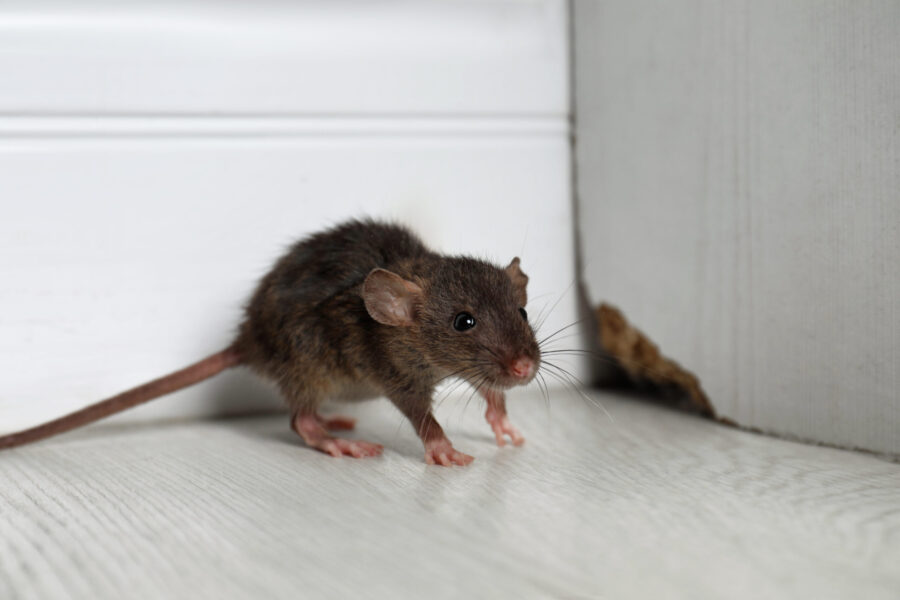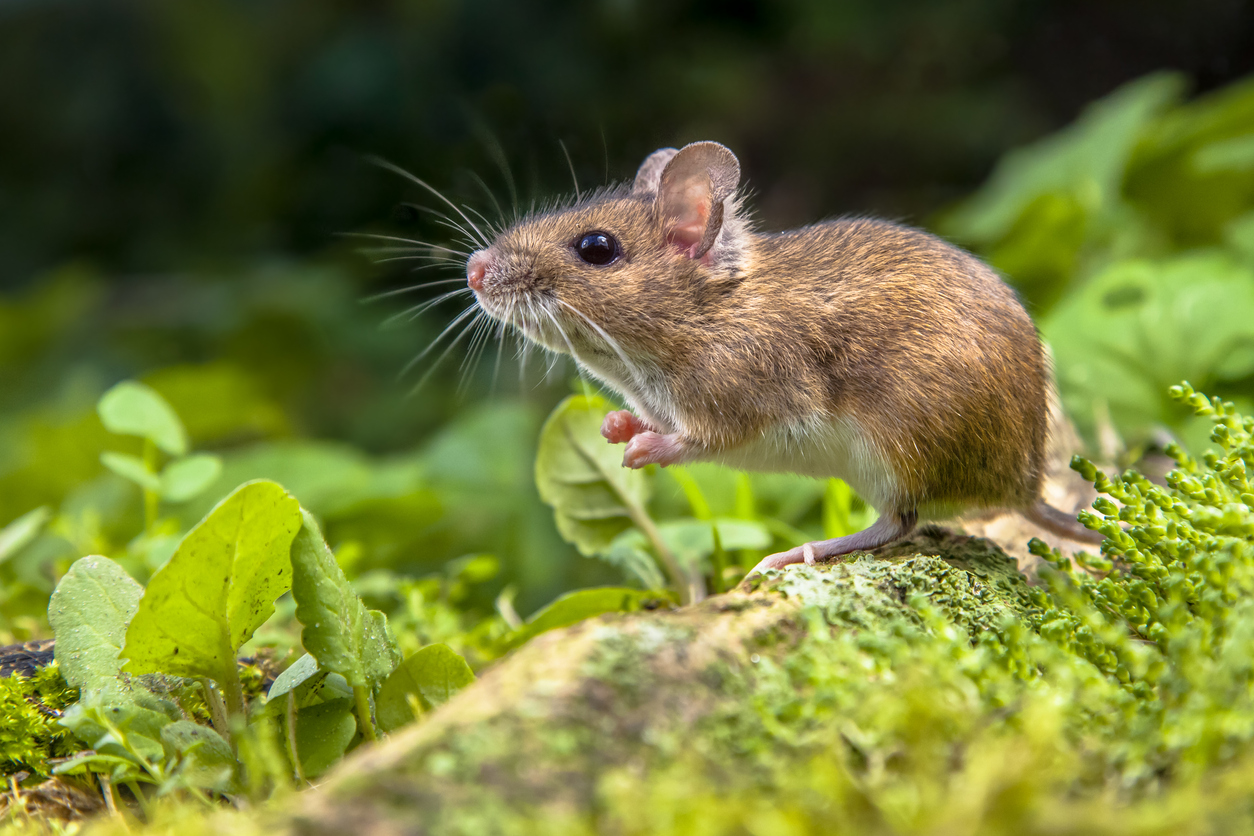Tech-Driven Pest Management for Factories: Transforming Safety
Share
In the heart of industrial zones, where machines hum tirelessly and assemblies line the scene, an often-underestimated problem lurks pests. Traditional methods of pest control are rapidly becoming outdated, leading us into a new era characterized by tech-driven pest management for factories.
The factories of today face unique challenges when it comes to pest control. Risk factors include large open spaces, a constant influx of goods, and stringent sanitary regulations. This has led to an impressive demand for innovative solutions, where technology meets tradition.

Why Factories Need Innovative Solutions
Pest management is not merely about maintaining a tidy environment. For factories, its a matter of safeguarding products, protecting machinery, moving towards sustainability, and ensuring compliance with health regulations. The repercussions of poor pest management can range from food contamination to major financial losses due to damaged goods and halted operations.
Moreover, numerous articles highlight [rodent risks in warehouses](https://www.westernpest.com/blog/rodents-in-warehouse-facilities/) emphasizing the importance of maintaining a vermin-free environment, which disrupt not only operations but can inflict severe reputational harm.
Emerging Technologies in Pest Control
Integrating advanced technologies into pest management is revolutionizing how industries approach this pervasive problem. Here are some noteworthy innovations:
1. Automated Sensors and Detectors
Modern sensors and detection systems are capable of constant surveillance, able to identify pests with high precision and notify operators immediately. [Eco-friendly mouse detection](https://trapx.io/blogs/news/eco-friendly-mouse-detection-a-guide-to-sustainable-and-humane-pest-control) methods serve as prime examples of using technology to enhance accuracy and sustainability.
2. Artificial Intelligence and Machine Learning
AI and machine learning algorithms work in the background, analyzing data trends and predicting pest patterns. This proactive approach allows factories to anticipate infestations before they occur, minimizing downtime and maximizing efficiency.
3. Drones and Robotics
Deploying drones and robots for inspections and targeted pest control decreases the need for human intervention in hazardous areas, which is crucial in industrial settings where safety standards are paramount.
Benefits of Tech-Driven Strategies
The integration of technology enhances the efficiency and effectiveness of pest control. Systems that provide real-time feedback and strategic insights can dramatically improve response times, making pest management a seamless part of factory operations.
Additionally, viewing pest management from a sustainability perspective is increasingly important. Leading businesses explore [eco-friendly pest control](https://trapx.io/blogs/news/eco-friendly-mouse-detection-a-guide-to-sustainable-and-humane-pest-control) options to reduce environmental impact and promote humane practices.
Implementing a Comprehensive Approach
For those looking to embrace tech-driven pest management, beginning with an audit of current practices is crucial. Understand the unique challenges of your operation and evaluate how technology can complement traditional methods. Many pest control companies offer consultations and technology demonstrations that reveal how customized solutions extend beyond off-the-shelf purchases.
Embrace the Future of Pest Management
As we move forward, more industries will likely adopt these cutting-edge, tech-driven measures to ensure their spaces remain pest-free. The path towards this new frontier of pest management not only involves technological adoption but commitment from all operational levels and stakeholders.
Companies who have already adopted these initiatives, such as some food processing plants, have experienced reduced pest challenges, proving the efficacy of such systems as noted [here](https://eversor.be/en/business/pest-control-per-sector/logistics-warehouses/).
These innovations highlight the remarkable potential of integrating technology into pest mitigation strategies. Factories across the globe are poised to benefit, fostering environments that are continually safer and more efficient.

FAQ
1. What are the key benefits of tech-driven pest management in factories?
Tech-driven solutions provide improved accuracy and efficiency, minimize downtime, and can reduce the environmental impact of pest control practices.
2. How can AI help in controlling pests in industrial settings?
AI can analyze patterns, predict infestations, and provide strategic insights for better preventive measures, all leading to enhanced pest management systems.
3. Can drones be effectively used in pest management?
Yes, drones are deployed for inspections and targeted control, offering a safe and efficient alternative to traditional manual methods.
This article contains affiliate links. We may earn a commission at no extra cost to you.
